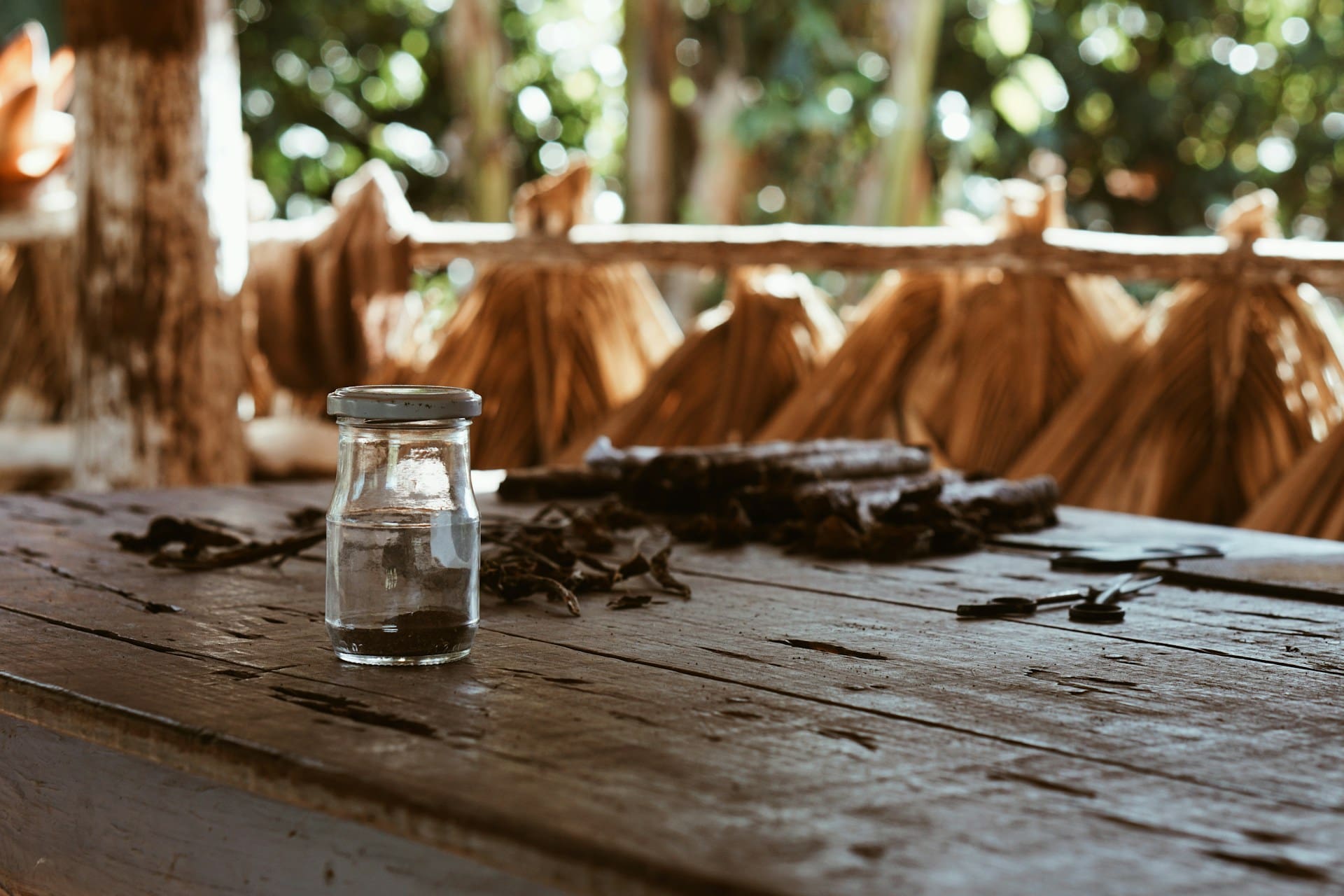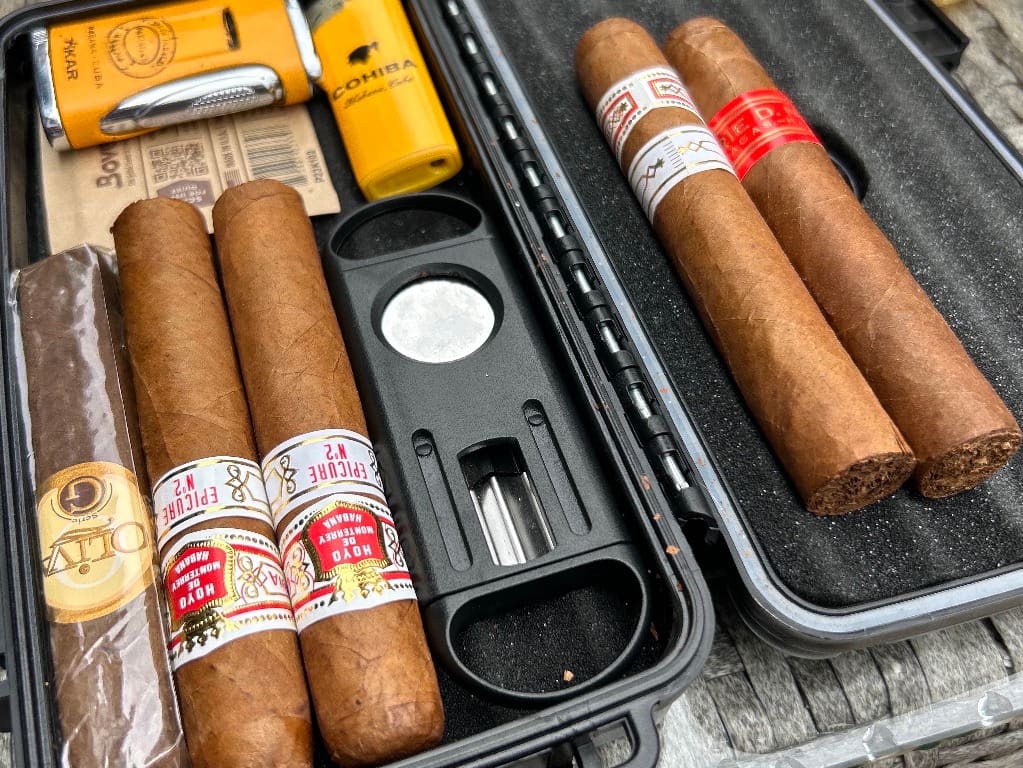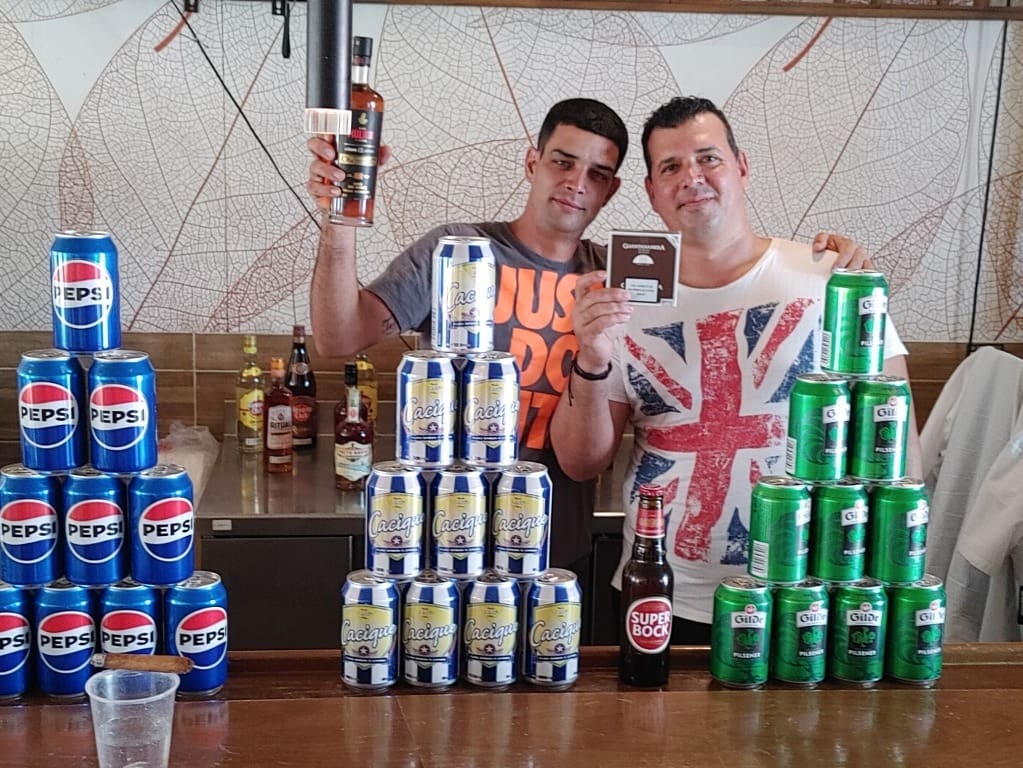Tourists are invited to visit tobacco farms
IAN STALKER
Cuba says it got the pick of the crop when it comes to producing tobacco.
The Cuba Tourist Board says Cuba has been capitalizing on international interest in its famed cigars, with Cuban cigars having a cachet that tourism authorities say results from a distinctive flavour linked to Cuban soil.
“Cuba is unique. One of the reasons is Habanos,” says Lessner Gomez, director of the Cuba Tourist Board’s Toronto office, while using the Cuban term for cigars. Cigar enthusiast Gomez sometimes rolls his own stogies.
A growing number of tourists are now visiting Pinar del Rio, the epicentre of Cuba’s tobacco industry, where they can go guided tours of tobacco plantations and cigar factories, learning about the making of cigars belonging to such brands as Cohiba and Romeo y Julieta.

As well, Old Havana is home to the cigar-themed Conde de Villanueva Hotel.
It’s not uncommon for Cuban resorts to have cigar lounges and cigars are frequently sold in resort gift shops.
But Cubans say that visitors are often unaware of how much work goes into the production of a cigar, with the “agricultural process” lasting nine months from the preparation of soil to the actual harvesting and curing of the tobacco.

Cuban cigars continue to handmade, says the tourist board, adding, “Having a cigar ready for sale is a true work of art that goes from the seed to the cigar.”
Meanwhile, Cubatur guide Israel Terrero says he appreciates three famed Cuban products.
“The world is perfect,” he suggests. “We have rum, cigars and coffee.”
Those wanting further information on Cuba’s cigar trade should access the habanos.com site.

Rolando “Roly” Jimenez holds a pack of cigars while his colleague holds a bottle of rum at a cigar bar in the Plaza Los Flamencos next to the Melia Jardines del Rey in Cayo Coco.

















